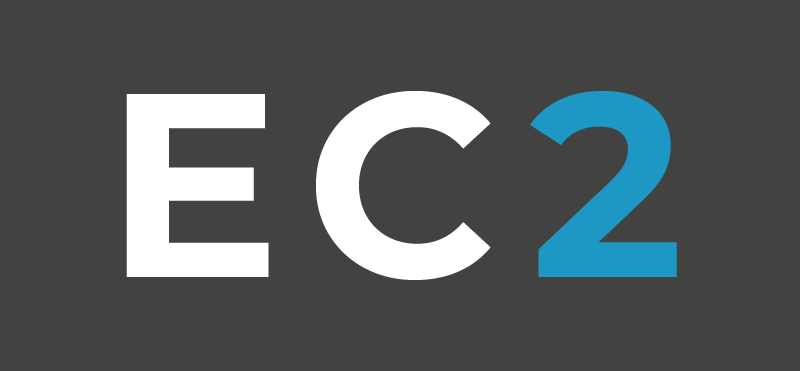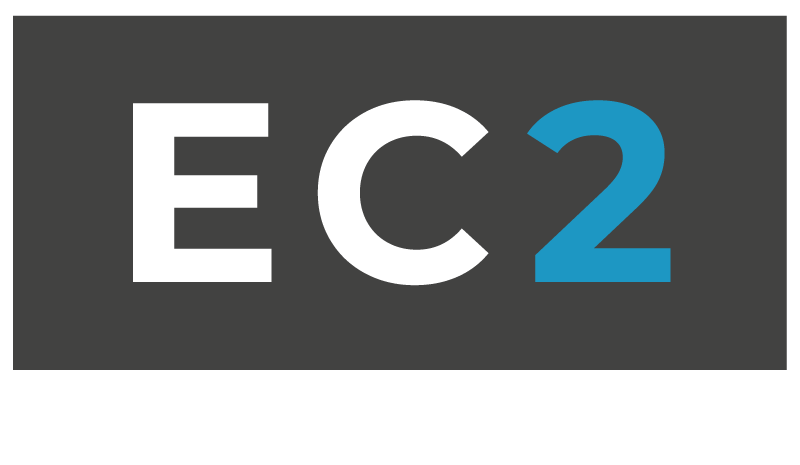In an uncertain economic environment, acquiring distressed businesses can represent a strategic opportunity for savvy investors. However, this complex operation requires thorough analysis and careful attention to several critical aspects. Here’s an overview of the essential points to monitor for a successful acquisition.
According to recent statistics, the number of distressed business cases surged by 57% in 2024 compared to 2019, the pre-pandemic year. The sectors with the highest increases in insolvency filings are accommodation and food services, retail, and construction.
Even though this option seems attractive, taking over a distressed business requires a methodical approach. In all cases, guidance from experienced professionals—licensed insolvency trustees, specialized insolvency lawyers, etc.—is essential to maximize the chances of success, as explained by Michel Thibault, a partner in restructuring and insolvency at RCGT, in one of our podcasts.
This operation can take several paths, each with its own particularities and complexities.
- A bankrupt company sees its assets liquidated under the supervision of a licensed insolvency trustee. For a buyer, this context can offer opportunities to acquire assets, equipment, or even the entire business at a reduced cost. However, these transactions are often rapid, leaving little time for thorough analysis, according to Michel Thibault. Additionally, maintaining operations can be challenging if employees or customers have already left the company.
- A still-operational but struggling company may seek investors or partners to stabilize its finances. This scenario, often framed by an investor solicitation and sale process (commonly known as a SISP), includes preparing an information package, a solicitation phase where potential buyers submit non-binding offers, followed by a due diligence period granting access to a data room for serious candidates. These candidates typically have a deadline to review the company’s data before submitting a binding offer.
- The proposal concordat represents a third option. This mechanism allows a company to propose a repayment plan to its creditors over a specified period, thus avoiding bankruptcy. It may also divest excess assets or terminate certain costly contracts. Buyers can then negotiate directly with creditors and the licensed insolvency trustee to restructure the company. This process is legally regulated but requires careful negotiation to reconcile the interests of all parties. A company can also use this mechanism, with court approval, to dispose of all its assets. Each option requires specific expertise and a deep understanding of legal and financial issues. This is why guidance from specialized professionals is crucial to navigate these complex waters.
Advice for Potential Buyers
Nicolas Nassr, president of Finition Ultraspec and Montreal Aluminium Solutions, himself took over a distressed business and transformed it into an industry leader. He shared his story in a recent podcast.
According to him, turning around a distressed business requires strong determination. “Surprises are inevitable during a takeover,” he warns. “You need to be motivated and have a clear vision of what you want to achieve.” He recommends starting with a detailed financial plan and maintaining open dialogue with financial partners. Operationally, the most important point is to build a strong team. The entrepreneur must ensure that the team adheres to their development vision. In addition to the workforce, buying an existing business also offers advantages such as benefiting from already functional facilities and an established customer base.
Perspectives for 2025
The outlook for 2025 suggests that business opportunities should remain steady for potential buyers. Our team of experts at EC2 is at your disposal to assist you in this process to maximize the chances of success.






